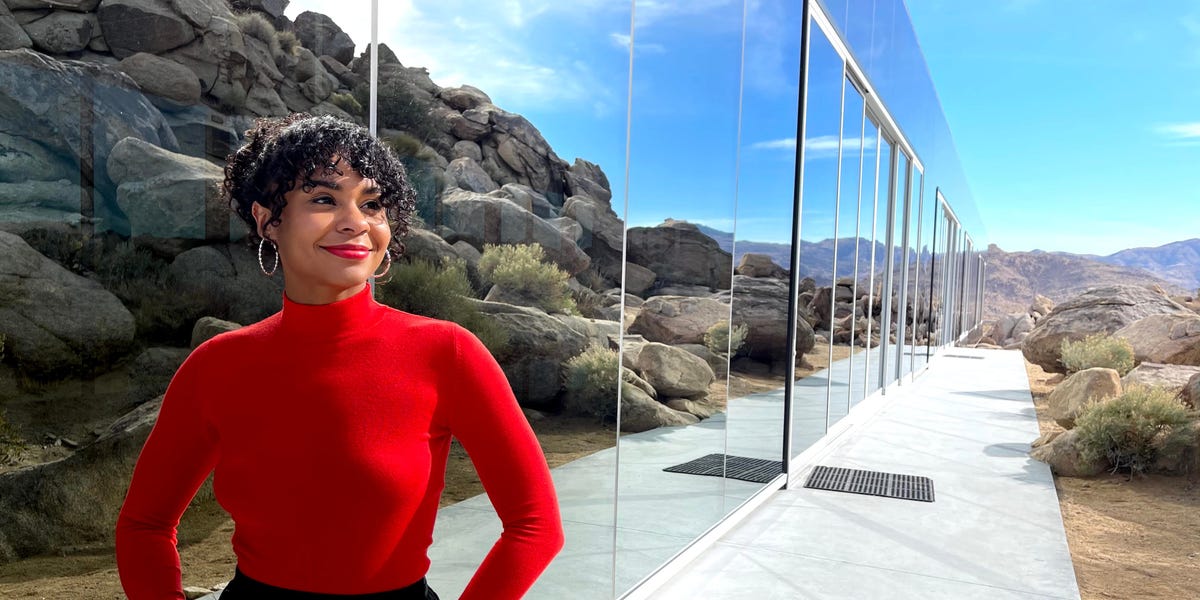Many influencers have said brand sponsorships are their main source of income.
To get brand deals, influencers often use media kits as a tool to showcase their value to a company.
Including performance metrics in a media kit is as important as highlighting content, Alessandro Bogliari, cofounder and CEO of The Influencer Marketing Factory.
“Brands are increasingly asking to see historic data about how past branded campaigns with influencers performed,” Bogliari told Business Insider. “As agencies, we are constantly trying to obtain this kind of data and forecast campaign outcomes.”
Media kits also often include information about the brands that a creator has worked with and their audience demographics.
Influencers will send this document to each brand they work with, keeping it up to date by adding new metrics and collaboration details every few months. Some of them said they have different media kits depending on the type and scope of the brand they’re pitching.
“The media kit should be a reflection of how you would pitch anything in a business context,” said Karlie Place, who makes travel content and has almost 1 million TikTok followers. “You want to have proof of concept and be able to say, ‘Here is a hard example of the ROI that I have brought to similar collaborations.'”
Many creators take inspiration from sales decks and business pitches.
“I wanted to be looked at as a professional and as an entrepreneur,” Florence Williams, a micro influencer and social-media coach, said. “I started researching professional sales decks, and I thought, ‘I can totally do this for my industry.'”
Here are 29 examples of real influencer media kits from YouTube, Instagram, and TikTok stars (arranged by follower count):




